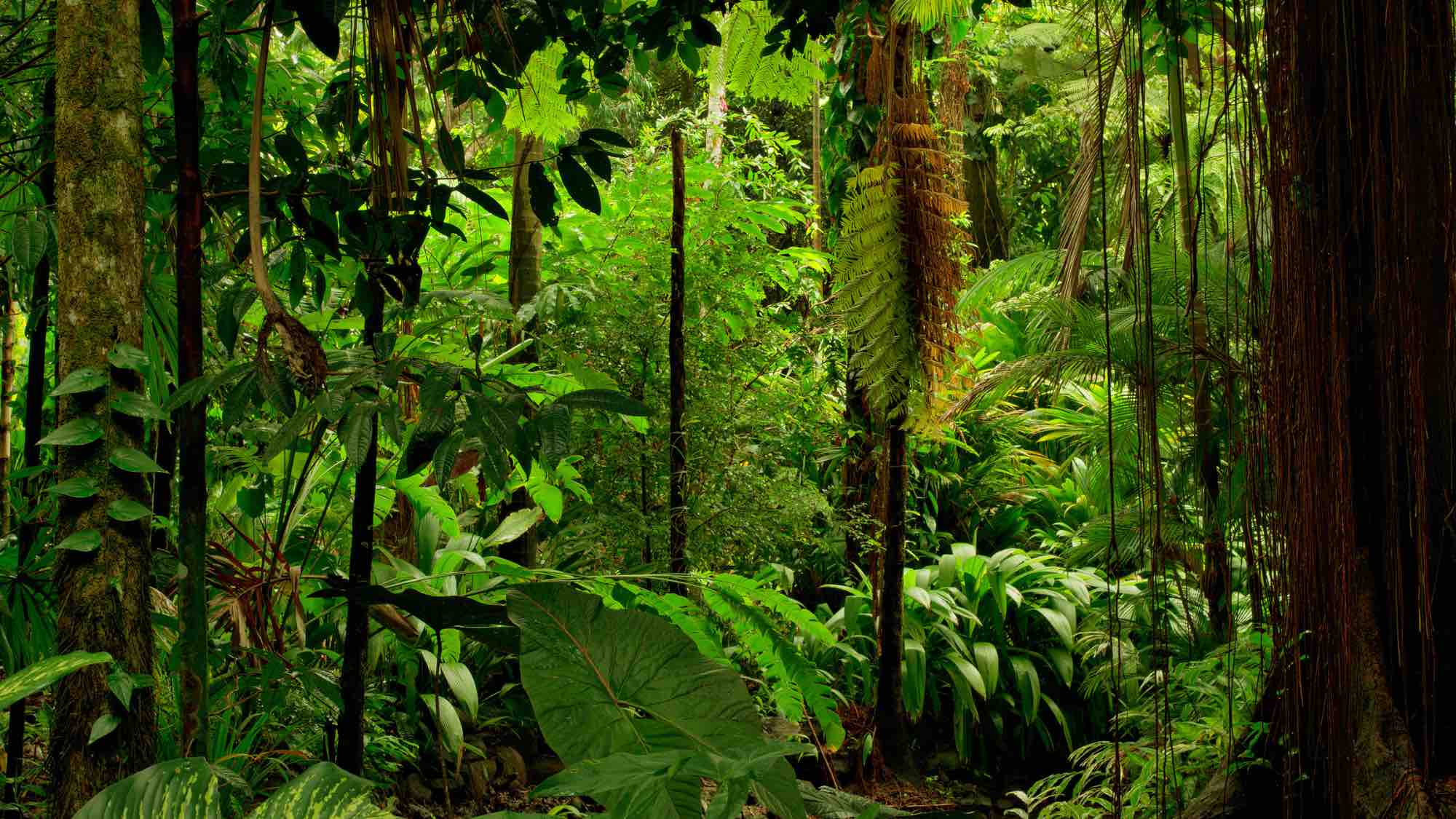As a field, entrepreneurial ecosystem building (or entrepreneurship ecosystem building—see more on this below) is still very much emergent. An ongoing project, the Ecosystem Building Leadership Project (soon to be the Ecosystem Building Leadership Network) has been focused on creating a network infrastructure to help build the field. As the new Ecosystem Building Leadership Network unfolds, efforts will be undertaken to better define ecosystem building as a field and to solidify network connections and leverage a stronger network for advancement of the field. To keep in touch with EBLN’s progress, visit and sign up for the EBL Community.
Ecosystem building starts with the recognition that entrepreneurship is the leading activity in driving economic and community prosperity, but that entrepreneurship only thrives if the individuals and organizations surrounding and supporting entrepreneurs are coordinating, collaborating, and leveraging their interconnectedness. Ecosystem builders are individuals and organizations who recognize the need for coordination and collaboration, and who actively work toward catalyzing and strengthening the complex network that is an entrepreneurship ecosystem.
Ecosystem building includes a wide range of activities, and ecosystem builders, even when focused on one or two of these, are most effective when they are aware of the many activities that are part of ecosystem building, and they are working toward connecting them in meaningful ways. The kinds of activities that are part of ecosystem building include: bringing together diverse stakeholders, providing access to resources, sharing and exchanging knowledge, creating supportive policies, fostering a culture of innovation, creating and providing access to physical infrastructure, strengthening networks and connections, and measuring impact.
The C•CUBE toolkit is built on a conceptual framework for entrepreneurship ecosystems which is detailed in this article. The framework highlights four overarching themes for ecosystems and ecosystem builders: Value & Purpose, Contexts & Environment, Assets & Roles, and Links & Connections. The framework looks at how ecosystem building and these themes play out in three (not necessarily linear) stages: Discovering, Developing, and Doing. The C•CUBE framework offers one way to look at ecosystems and the work of ecosystem building, or supporting ecosystem building. But it’s just one framework. It’s important to explore others, and our description of the C•CUBE framework points to other perspectives you and your ecosystem partners might use.
Who are ecosystem builders?
Both individuals and organizations can be considered entrepreneurship ecosystem builders, though within an ecosystem-building organization, there is most often an individual or set of individuals that are doing the ecosystem building work of connecting and integrating the organization’s resources in the broader ecosystem. Ecosystems are made up of both individuals and organizations, and ecosystem building happens at both levels, too.
Individual ecosystem builders are often doing the work of ecosystem building as part of their job and their work, rather than having the job of “ecosystem builder.” As the field of ecosystem building becomes better defined, we will see more and more individuals claiming “ecosystem builder” as their job or expertise title of. As the field has been emerging, we have seen individual ecosystem builders come from a variety of roles: entrepreneurial community leaders, startup enablers, economic developers, academic and research experts, investors and venture capitalists, mentors and advisors, nonprofit and NGO leaders, community organizers, government officials, corporate innovators, service providers, and media and content creators.
Organizations playing a role in ecosystem building might be better described as contributing to or supporting entrepreneurial ecosystem building, while individual ecosystem builders do the work of linking and connecting resources across organizations. The kinds of organizations that serve entrepreneurial ecosystem building include: government agencies, educational institutions, investment and funding organizations, incubators and accelerators, entrepreneurship support organizations, corporate partners, co-working spaces and innovation hubs, local communities, service providers, and media and advocacy groups.
Importantly, just because an individual or organization is in one of the above-listed categories does not mean that they are an ecosystem builder. Ecosystem building is more about the characteristics of the individuals or organizations than it is about the specific job or role they have, or the type of organization. Characteristics of individuals that do ecosystem building and organizations that support or contribute to it include: they come from and value diverse backgrounds, they have a passion for entrepreneurship and its role in creating economic and community prosperity, they are focused on community, they are resource providers and connectors, they are collaboration-oriented.
Is it Entrepreneurial or Entrepreneurship Ecosystem Building?
Both phrases—“entrepreneurial ecosystem building” and “entrepreneurship ecosystem building”—are in wide use. They mean the same thing, and we use these phrases interchangeably at C•CUBE. Some leaders and practitioners in the field have been advocating for only using “entrepreneurship” and not “entrepreneurial” ecosystem building, noting that using the word entrepreneurial suggests that the work is about making the ecosystem itself entrepreneurial, rather than focusing on the ecosystem that is supportive of entrepreneurship. The fact is that both phrases have been widely used, and there is little evidence for such confusion.
How Does Your Community Define Ecosystem Building?
What matters most for successful ecosystem building in your community is figuring out the definition that works best for supporting entrepreneurs and entrepreneurship where you are. If you are someone who represents a college or university, it’s important to engage with others in the ecosystem and listen to the ways they define ecosystem building. Sometimes, colleges and universities unwittingly try to impose a definition on a community, building on their academic and knowledge-advancing strengths. But an ecosystem’s definition of itself and the work of building must emerge from the ecosystem, with all partners listening to the needs of entrepreneurs and other stakeholders, and working toward a shared vision.

